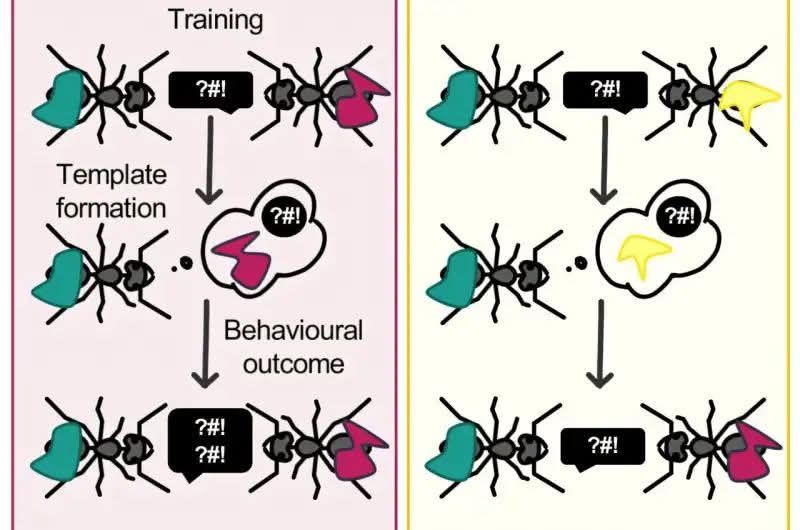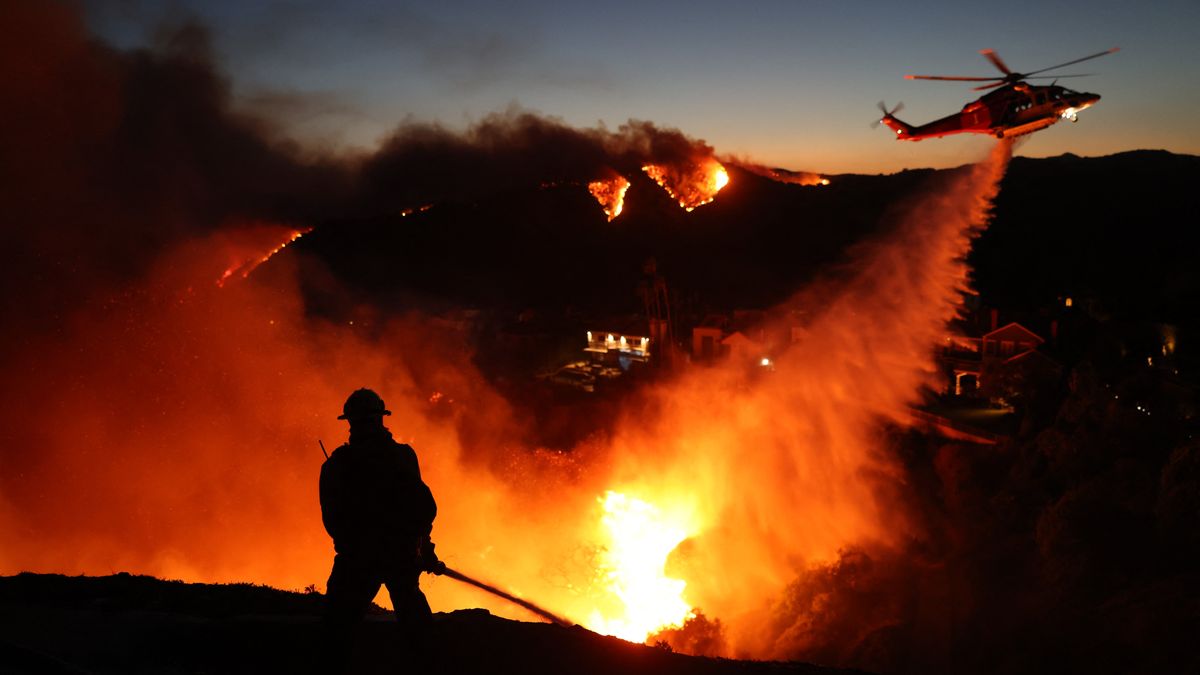
Rising CO₂ emissions could originate from many sources, the more so as more sinks turn into sources.
Despite the many warnings and despite pledges by politicians to act decisively, the concentration of carbon dioxide in the atmosphere is growing rapidly. Until now, the annual peak was typically reached in May, but this year the June average was (slightly) higher than the May average, ominously pointing at an even higher growth than the record growth in 2023.
Over the past twelve months, CO₂ concentrations have at times been recorded of well over 430 parts per million (ppm) at Mauna Loa, Hawaii, as illustrated by the image below.


This 370 ppm CO₂e could be added almost instantly by a burst of seafloor methane less than the size of the methane that is currently in the atmosphere (about 5 Gt). There is plenty of potential for such an abrupt release, given the rising ocean heat and the vast amounts of carbon and methane contained in vulnerable sediments at the seafloor of the Arctic Ocean, as also discussed in earlier posts such as this one and at the threat page.
 |
Further increase of heat in the Arctic Ocean can in turn cause the Seafloor Methane Tipping Point to get crossed, resulting in destabilization of methane hydrates contained in sediments at the seafloor of the Arctic Ocean, as discussed in many earlier posts such as this one.
The situation is dire and the precautionary principle calls for rapid, comprehensive and effective action to reduce the damage and to improve the situation, as described in this 2022 post, where needed in combination with a Climate Emergency Declaration, as discussed at this group.

Links
• NOAA – Global Monitoring Laboratory – Carbon Cycle Gases, trends in CO2
• The Clouds Feedback and the Clouds Tipping Point
https://arctic-news.blogspot.com/p/clouds-feedback.html• Albedo
https://arctic-news.blogspot.com/p/albedo.html
• Feedbacks in the Arctic
https://arctic-news.blogspot.com/p/feedbacks.html
• Jet Stream
https://arctic-news.blogspot.com/p/jet-stream.html
• Latent Heat
https://arctic-news.blogspot.com/p/latent-heat.html
• Cold freshwater lid on North Atlantic
https://arctic-news.blogspot.com/p/cold-freshwater-lid-on-north-atlantic.html
• Sunspots
https://arctic-news.blogspot.com/p/sunspots.html
• Pre-industrial
https://arctic-news.blogspot.com/p/pre-industrial.html
• Extinction
https://arctic-news.blogspot.com/p/extinction.html
• Transforming Society
https://arctic-news.blogspot.com/2022/10/transforming-society.html
• Climate Plan
https://arctic-news.blogspot.com/p/climateplan.html
• Climate Emergency Declaration
https://arctic-news.blogspot.com/p/climate-emergency-declaration.html









Leave a Comment